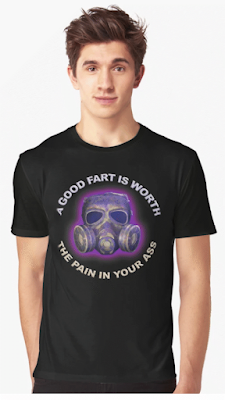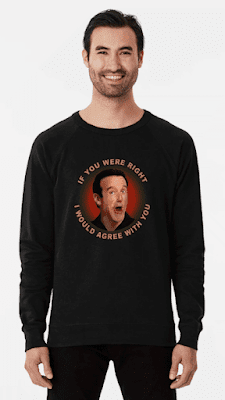Apart from the fact that it always is nice to see arrogant and hubristic pompous assholes fall flat on their face in front of the entire world to see, DeepSeek’s introduction has many aspects that put the formerly self confident CEOs in a dire spot, that they were sure they would never ever end up in. The budgets for the development of OpenAI, Google, Meta, Anthropic and other big players in the field are many hundreds of billion dollars each, DeepSeek cost only 5.6 million. Or as Chamath Palihapitiya wrote on X: 'Let me say the quiet part out loud, AI model building is a money trap....'. Furthermore it took the big players years to get at a level at which they are now, while it took DeepSeek only two months to match their US competitors..... In boxing terms, this is not just a K.O., but DeepSeek knocked the arrogant AI masters not just out of the ring, but out of the arena itself. In addition the Chinese had the audacity to make their AI system open source and free to use. I always found the subscriptions of the US AI systems way overpriced, but since DeepSeek joined the market, I don’t need to give a flying fuck about what prices the Americans charge anymore. Finally, making their magnificent system open source, apart from allowing everyone to tinker with it, is a sign of total confidence that says: You can do whatever you want with our system, but we will always stay ahead of you, no matter what you do. How is that for a kick in the balls? Meanwhile the Chinese are rolling on the floor laughing about the hubris, ignorance and arrogance of the Americans. Rightly so, I must say.
There are many more consequences to entering markets of DeepSeek than would fit on this page: economical, military, industrial and political and it gives, individuals, small businesses and even poor countries a great possibility to speed up and organise their development. China knew this of course and choosing to go ahead with it, hints at the aim of changing the world in ways that worries hegemonic powers and there is nothing they can do against it. It also shows China’s centuries old traditional wisdom, that overpowers the young, historically unaware leadership in the west in a way they never understood and / or saw coming in a peaceful and useful way, in stead of an antagonistic imperialist manner.


















































